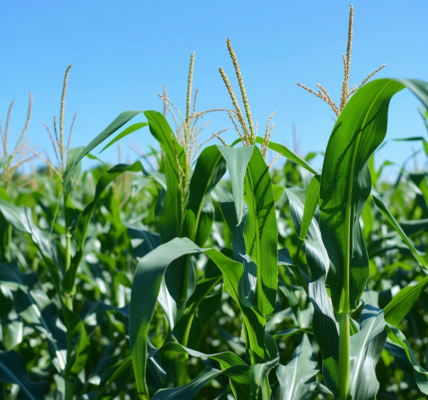Scientists have made a promising breakthrough in the search for alien life, as NASA satellite data has led to the discovery of 85 new ‘exoplanets’ by experts from the University of Warwick. These exoplanets, which are planets outside our solar system, range in size from about 11,000 miles to a whopping 350,000 miles in diameter, all larger than Earth. However, they share a potentially habitable characteristic with Earth – the right distance from their host stars to have a temperature that can sustain life, known as the ‘habitable zone’.
While over 5,000 exoplanets have been discovered so far, it remains uncertain which ones may harbor alien lifeforms. The recent study, led by PhD student Faith Hawthorn at the University of Warwick’s Astronomy and Astrophysics department, identified these 85 unique exoplanets, each orbiting a different star. Hawthorn emphasized the rarity of habitable planets, highlighting the need for specific conditions for habitability and the necessity for further research to confirm this potential.
The research team utilized NASA’s Transiting Exoplanet Survey Satellite (TESS), launched in 2018 to monitor the sky for changes in brightness of the nearest stars. By observing ‘transits’ – periodic dips in starlight that indicate a planet is crossing and briefly blocking its star’s light – astronomers can not only detect planets but also infer details about them, such as their size and orbital characteristics.
Exoplanets, a term referring to planets outside our solar system, have been a subject of growing interest and exploration. The prefix ‘exo’ originates from Greek, meaning outside, outer, or external. As of January 2024, the number of known exoplanets stands at 5,569, with this figure constantly increasing. The potential implications of these discoveries for the existence of extraterrestrial life continue to captivate scientists and the public alike.





